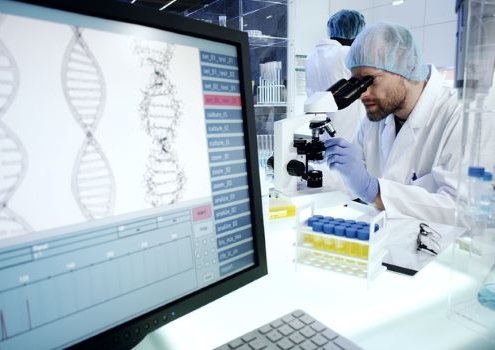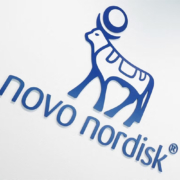Study: Base editing shows promise in treating heart disease
Study: Base editing shows promise in treating heart disease
Published: Jan 16, 2023
By Tristan Manalac
BioSpace
Researchers from the University of Texas Southwestern Medical Center have successfully used base editing technology to repair damaged heart tissue, according to a study published last week in the journal Science.
The team, led by Simon Lebek and Eric Olson, used a CRISPR-Cas9 nucleotide base editing system to modify an enzyme called the calcium calmodulin-dependent protein kinase IIδ (CaMKIIδ). The researchers designed a editing system to ablate the oxidative activation sites of CaMKIIδ, which cause pathological enzyme activation.
CaMKIIδ is a form of CaMKII, a protein involved in signaling pathways across various body functions. For instance, CaMKII has been shown to play a role in learning and memory, CD8 T-cell activation and calcium homeostasis in the heart.
In the study, the base edits to CaMKIIδ conferred “protection from ischemia/reperfusion injury” to cultured heart muscle cells, the researchers reported.
They then tested this approach in mouse models, in whom ischemia or reperfusion injuries were induced through surgery. The CRISPR-Cas9 base editor was then injected into the injured area. The hearts of treated mice were able to “recover function from otherwise severe damage,” the researchers wrote.
Overall, these findings suggest that “CaMKIIδ gene editing may thus represent a permanent and advanced strategy for heart disease therapy,” they concluded.
A Burgeoning Field
Base editing employs chemical reactions to bypass the need to make double-stranded breaks on the DNA molecule to induce genetic changes. In turn, base editors are hypothesized to be both safer and more efficient at correcting point mutations than other types of gene editing platforms.
Several biopharma companies have been quick to leverage this technology to develop potentially marketable therapies. One of them is Beam Therapeutics, which is advancing its anti-CD7, multiplex-edited, allogeneic CAR-T candidate BEAM-201 in the clinic, testing it as a treatment for relapsed/refractory T cell acute lymphoblastic leukemia/T cell lymphoblastic lymphoma.
Last month, the FDA lifted its clinical hold on BEAM-201, which the agency had first imposed in August 2022, after it had requested more information regarding genomic rearrangement and off-target effects.
Another player in the base editing space is Verve Therapeutics, which uses the same technology as Beam. In November, VERVE-101, the company’s candidate for heterozygous familial hypercholesterolemia, was also put on hold by the FDA.
Source: BioSpace









